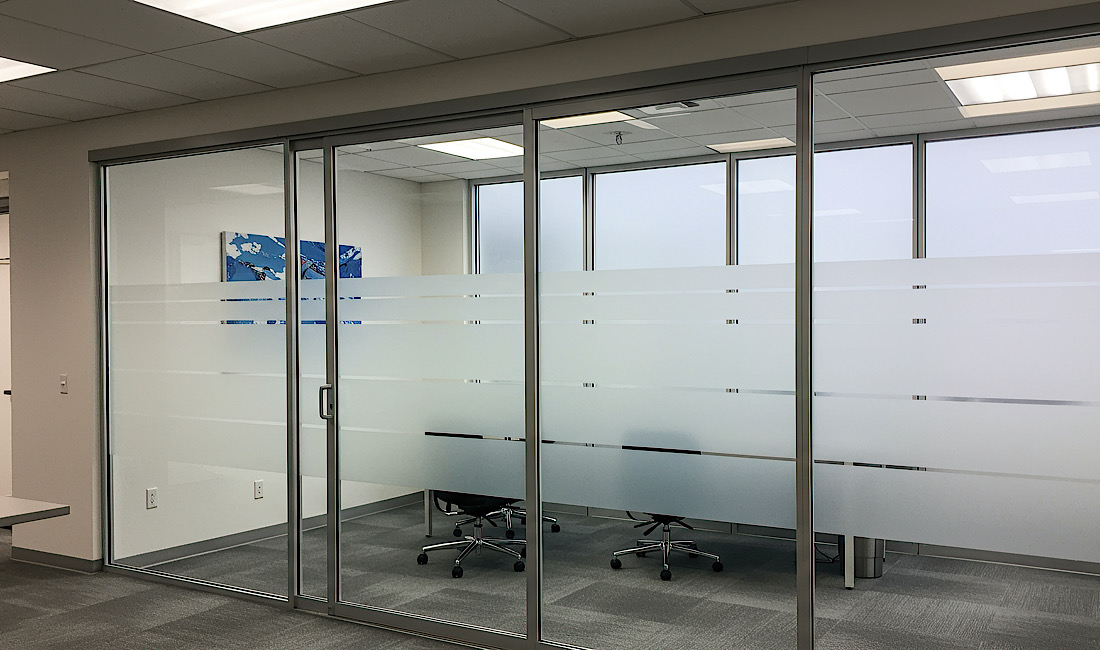For businesses looking to reduce overhead costs and improve workplace comfort, commercial window tinting is one of the most cost-effective investments available. Many business owners focus on HVAC upgrades or energy-efficient lighting but overlook the significant impact that windows have on energy expenses.
High-performance window film lowers energy costs, increases employee productivity, and enhances building security, making it an investment that can often pay for itself in just two years. This article explores the financial benefits of commercial window tinting, backed by data, case studies, and real-world savings.
The Financial Impact of Commercial Window Tinting
How Much Energy Are Businesses Wasting?
According to the U.S. Department of Energy (DOE), about 30 percent of a commercial building’s energy loss occurs through windows. Traditional glass allows solar heat gain, which forces HVAC systems to work harder, leading to higher electricity bills.
In warmer climates, unprotected windows allow excessive heat inside, increasing cooling costs by 35 to 50 percent. In colder months, windows leak heat outward, making heating systems less efficient. Commercial window tinting reduces both cooling and heating costs by blocking unwanted solar energy in summer and retaining warmth in winter.
Typical Energy Savings from Window Film
- Annual cooling cost reduction: 15 to 40 percent
- Annual heating cost reduction: 10 to 30 percent
- Reduction in peak cooling demand: up to 25 percent
- Total energy bill savings: 10 to 20 percent annually
The average return on investment (ROI) for commercial window tinting is 2 to 3 years, depending on building size, location, and window exposure. In many cases, businesses see a full payback in under two years.
Case Study: Office Building in Phoenix, AZ
A 15,000-square-foot office building in Phoenix installed low-emissivity (Low-E) window film to combat excessive heat gain.
- Pre-tinting annual energy costs: $60,000
- Cooling cost savings after window film installation: 28 percent
- Annual energy savings: $16,800
- Total cost of installation: $30,000
- Break-even point: 1.8 years
By reducing HVAC load and improving insulation, the company paid off the cost of the window film in less than two years, with continued savings of over $16,000 annually.
How Commercial Window Film Delivers ROI
Lower Cooling and Heating Costs
Window tinting blocks up to 80 percent of solar heat, reducing indoor temperatures and lessening the burden on air conditioning systems. In winter, Low-E films reflect interior heat back inside, decreasing heating expenses.
Extends HVAC System Lifespan
By reducing the strain on air conditioning and heating units, businesses prolong the lifespan of HVAC equipment, lowering maintenance and replacement costs. Studies show that reducing HVAC usage by just 20 percent can extend its operational life by five years or more.
Improves Employee Productivity
Temperature fluctuations and glare negatively impact employee performance. Studies indicate that workplaces with excessive heat and glare experience:
- Reduced productivity by up to 15 percent
- Higher absenteeism due to discomfort-related issues
- Increased complaints about temperature inconsistencies
By maintaining a stable indoor climate and reducing glare on computer screens, window tinting creates a more comfortable work environment, leading to higher efficiency and fewer distractions.
Protects Against UV Damage and Fading
Commercial window film blocks up to 99 percent of UV rays, which can damage office furniture, flooring, merchandise, and equipment. Preventing UV exposure can:
- Extend the life of office furnishings by 50 percent
- Reduce maintenance costs associated with fading or discoloration
- Improve the appearance and longevity of inventory in retail settings
Enhances Security and Reduces Liability Risks
Security window film reinforces glass, making it harder for burglars or vandals to break in. In addition, it reduces the risk of glass shattering due to storms, accidents, or explosions, lowering liability concerns. Businesses can save on insurance premiums by investing in security window film, as many insurers offer discounts for enhanced security features.
Frequently Asked Questions
How much does commercial window tinting cost?
The cost varies based on film type and building size, but most commercial installations range from $5 to $15 per square foot.
Can window tinting be applied to all types of commercial buildings?
Yes. Window film is used in office buildings, retail stores, schools, hospitals, hotels, and industrial facilities.
Will window film make my office too dark?
No. Modern films are designed to reduce heat and glare without significantly decreasing natural light. Many options offer clear or lightly tinted versions for maximum visibility.
How long does commercial window tinting last?
High-quality films last 10 to 20 years and often come with manufacturer warranties.
Does window tinting qualify for energy rebates?
Yes. Many states and utility companies offer rebates for energy-efficient window film, helping businesses recover costs even faster.
Final Thoughts: The Business Case for Window Tinting
For commercial buildings, window tinting is one of the most cost-effective upgrades available. With benefits ranging from lower energy bills to improved employee comfort and security, it is an investment that pays for itself in two years or less.
If your business is ready to reduce energy costs and enhance office efficiency, professional commercial window tinting is the smartest way to improve your bottom line.
For expert installation and a free consultation, contact a trusted window tinting professional today.
Areas We Service: Boise, Meridian, Eagle, Nampa, and Surrounding Idaho Areas.

